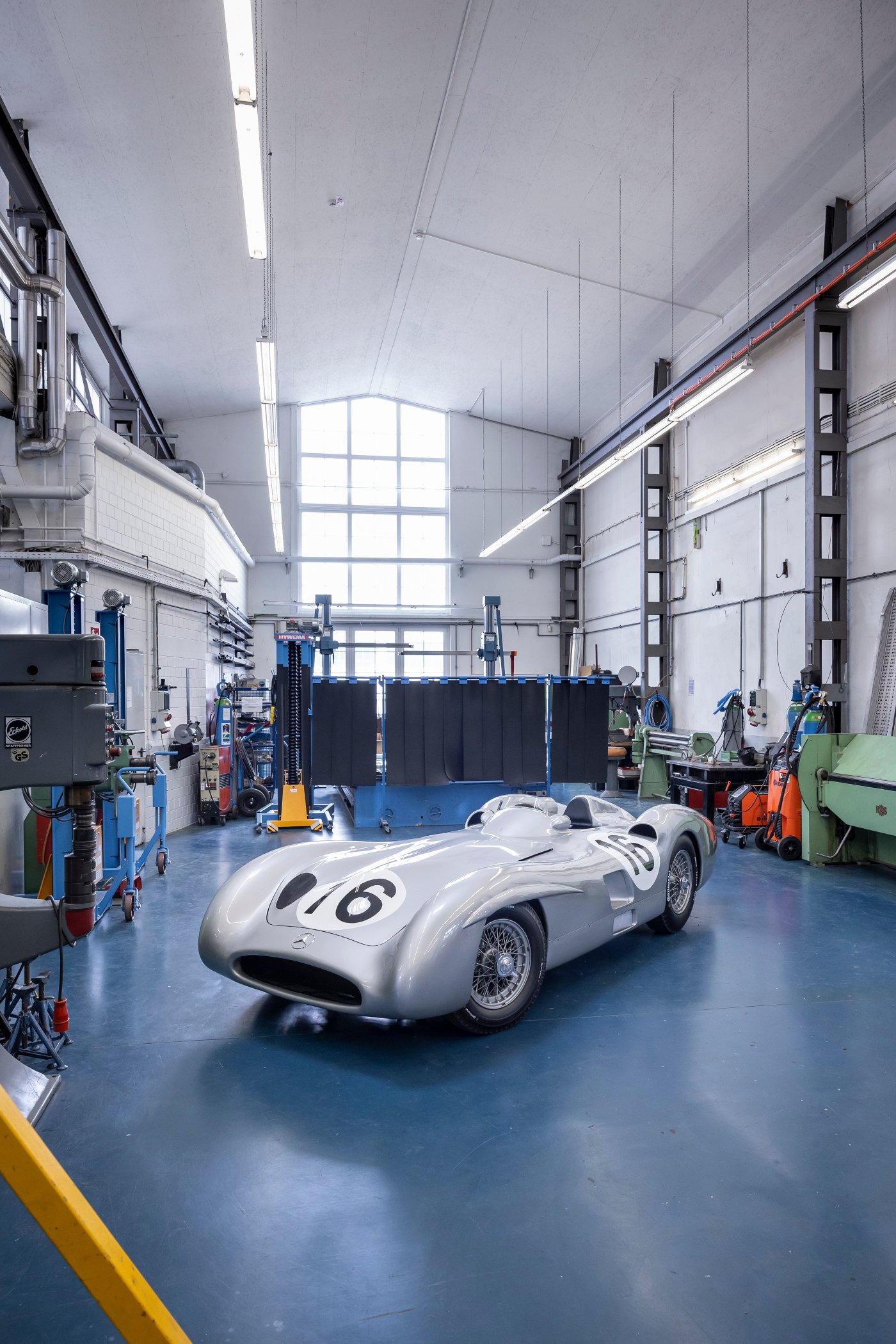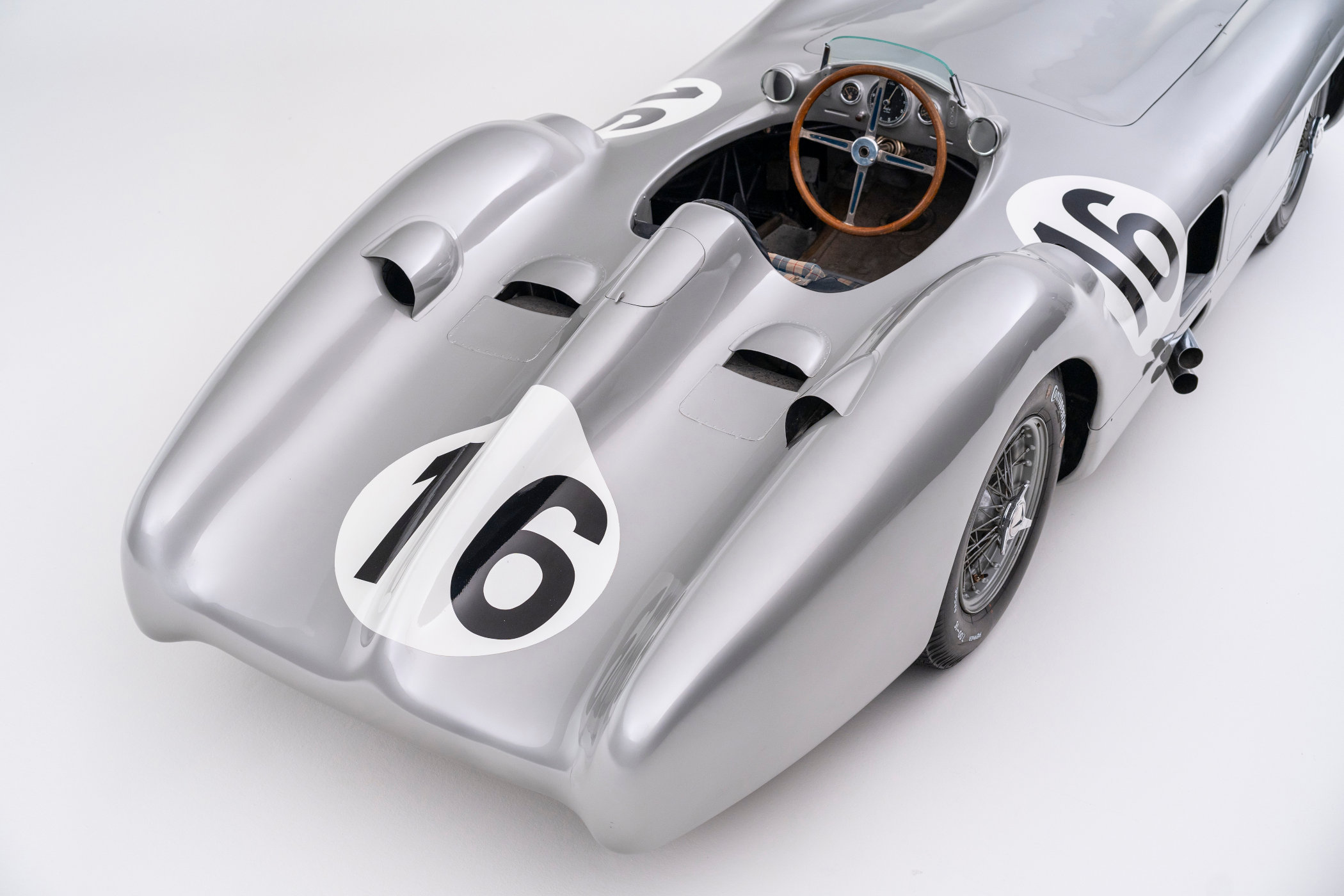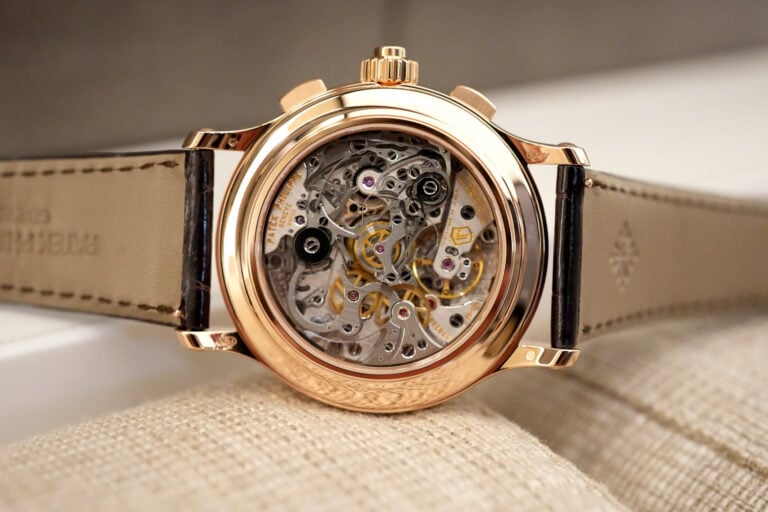A Once-in-a-Lifetime Chance To Own a 1954 Mercedes-Benz W196R Stromlinienwagen
Be prepared to dig deep for this one, as it's the very first and probably the very last chance for one of these to end up in private hands!

Mercedes-Benz and racing go hand-in-hand. After all, it’s one of the most successful manufacturers in both pre-war Grand Prix, post-war Formula 1 and Endurance Racing, birthing many legendary cars. From the very early days of motor racing, the brand has been active in all sorts of categories. It won the 1914 French Grand Prix with the Blitzen Benz, it won the Targa Florio in 1922 and 1924, and in 1931 the team was victorious in the Mille Miglia with the SSKL. After World War II, they pretty much took up where they left off, as they entered the newly formed Formula One world championship with the W196 in 1954. The team had immediate success and took home multiple wins and championships, but it was to be short-lived. The 1955 Le Mans crash saw Mercedes-Benz no other option than to withdraw from motorsports entirely, ending the W196’s career. Nevertheless, it became a true racing legend, and one of only four complete W196R Stromlinienwagens is coming up for auction, at an astronomical estimate!
Many stories can be told about the brand with the three-pointed star logo, as it has left a lasting mark on motorsports. The history of Mercedes-Benz’s racing activities is well-documented, along with the disastrous incident in the 1955 24 Hours of Le Mans that caused a multi-year pause for the German manufacturer. Although it involved an entirely different car, Mercedes pulled the plug on all its racing endeavours following the tragic event of the 1955 race. Jaguar driver Mike Hawthorn slowed down on the main straight to enter the pits, with Austin-Healey driver Lance Macklin coming up behind him.
At that time, the pits area was basically just the right side of the track, without any barrier or safety precautions. Veering out from behind the Jaguar, Macklin steered his car into the path of the oncoming Pierre Levegh, behind the wheel of a Mercedes-Benz 300 SLR (hugely relying on the W196 for its chassis and engine). A massive crash was inevitable, with Levegh’s car flying off into the spectator’s area. The crash was fatal to Levegh and 83 spectators in the stands, injuring 120 more. To this day, it remains one of the darkest days in motorsports and was the sole reason for Mercedes-Benz to stop all its racing programs until the late 1960s. The first race it entered, was the 24 hours of Spa Francorchamps with the AMG-prepped 300SEL 6.3 V8, otherwise known as die Rote Sau, the Red Swine. The team returned to Le Mans in 1985 as an engine supplier to Sauber, and Formula 1 in 1994 as an engine supplier to McLaren.
Legends of motor racing
While most immediately think of seven-time F1 world champion Sir Lewis Hamilton when it comes to Mercedes, he’s far from the first legend to be born behind the wheel of a Stuttgart-built race car. Other names include Hans Hermann, Karl Kling, Pierro Taruffi, and Rudolf Carraciola. But when Mercedes returned to Formula 1 in 1954, it was the W196 developed by Rudolph “Rudi” Uhlenhaut that made the headlines. The first post-war Formula 1 car proved dominant right out of the gate, as it won its debut race at Reims. Part of its success came from the well-balanced chassis and the naturally aspirated 2.5-litre inline-8 up front that made approximately 260bhp at first but was pushed to close to 300bhp over two seasons. This was fitted with direct fuel injection, giving it a considerable edge over the competition. But that was not all, as it would also change shape over its short-lived career!
The car was entered in only 12 races but won 9 of them at the hands of the Argentinian Ace, Juan Manuel Fangio, and for the 1955 season with Sir Stirling Moss joining the ranks. The car was based on the W194 (also known as the 300 SL, an endurance racing car) and made a delayed debut in the French Grand Prix with divers Juan Manuel Fangio, Hans Hermann, Karl Kling and Hermann Lang. Fangio won four races with it that year, on top of the two he won with Maserati prior to his switch, which won him his second of ultimately five driver’s world titles. The following year, Fangio again became champion with the W196, with Moss coming in second, winning five races between the two of them.
But the term ‘legend’ doesn’t only fit with the drivers, as mentioned, as it very much can be applied to the car. When it lined up for the 1954 French Grand Prix it would be fitted with a low-drag Stromlinien, or Streamliner body, designed specifically for high-speed tracks. The driver sat in the middle, as he would normally do in a Grand Prix or Formula 1 car. It would win the race, with another W196 Stromlinienwagen coming in a close second. The same body type was used for that year’s British Grand Prix, and the Italian Grand Prix at Monza in both 1954 and 1955. In total, it won three races all with Fangio behind the wheel. To this day, it remains the only closed-wheel racing car to have won a Formula 1 race!
Chassis 00009/54
As proven, the W196 is one of racing’s greats, not just in its streamlined configuration but in general. It won 9 out of 12 races it entered, claimed 17 podium finishes, took home pole 8 times and fastest lap of the race 9 times, and on top of that was victorious in the only two championships it competed in! Just a handful were built and each serves as a unique piece of motorsport history. Chassis 00009/54 is just one of four complete cars with a factory-built streamlined body and driven by both Juan Manuel Fangio and Sir Stirling Moss in the 1955 season. It made its debut as an open-wheel W196 in the 1955 Formula Libre Buenos Aires Grand Prix, which it won, and came with a 3.0 litre inline-8 engine that would later power the 300 SLR. At the time Formula 1 mandated an engine of no more than 2,500cc in size but the Argentinian Formula Libre race was a non-championship event and often used as a testbed for technical developments and innovations. During official events, the 2.5-litre engine would be fitted again.
This particular W196 won the 1955 Argentinian Grand Prix with Fangio behind the wheel, and achieved the fastest lap of the race in the 1955 Italian Grand Prix at Monza, with Moss behind the wheel. The #16 racing roundel is Moss’ number for the race in Italy, in which he sadly had to retire due to engine issues. His Argentinian teammate won the event in another streamlined W196, Pierro Tarrufi coming in second in an open-wheeled W196, and Karl Kling retiring in the fourth Mercedes W196, also in open-wheel configuration. That race would also mark the fourth and last time the W196 would appear on the starting grid of any race.
The story of this particular car after it retired is quite special, as it was donated by Mercedes-Benz to the Indianapolis Motor Speedway Museum in 1965, where it has been one of the museum’s crown jewels ever since. RM Sotheby’s the details of the donation of this car in great detail, despite it seeming a bit odd at first given the fact the W196 never raced at the famous Brickyard. However, the car was demonstrated following the annual driver’s meeting leading up to the 1965 Indy 500 event, driven by Peter DePaolo in honour of his father Ralph DePalma’s win 50 years earlier in, you’ve guessed it; a Mercedes-Benz!
The car is now coming up for auction for the first time ever, granting only the wealthiest of collectors a unique chance to own this amazing piece of racing history. As expected, given the car’s pedigree and predecessors such as the 300 SLR ‘Uhlenhaut’ setting records, it will cost more than a pretty penny to own it. RM Sotheby’s will auction it as a stand-alone sale with Mercedes-Benz, at the manufacturer’s headquarters in Stuttgart, with an estimate of “in excess of EUR 50 Million“. Don’t worry, there’s still some time to scrape together the funds as it’s scheduled to change ownership on Saturday, February 1st 2025.
For more detailed info about the car and the auction, please visit RMSothebys.com.
Editorial Note: The information used, and images portrayed in this article are sourced from and used with permission of RM Sotheby’s unless stated otherwise.



















1 response
Probably the last straight 8 F1 car,with the drive through a bevel gear in the middle of the crankshaft.
Not for the faint hearted.